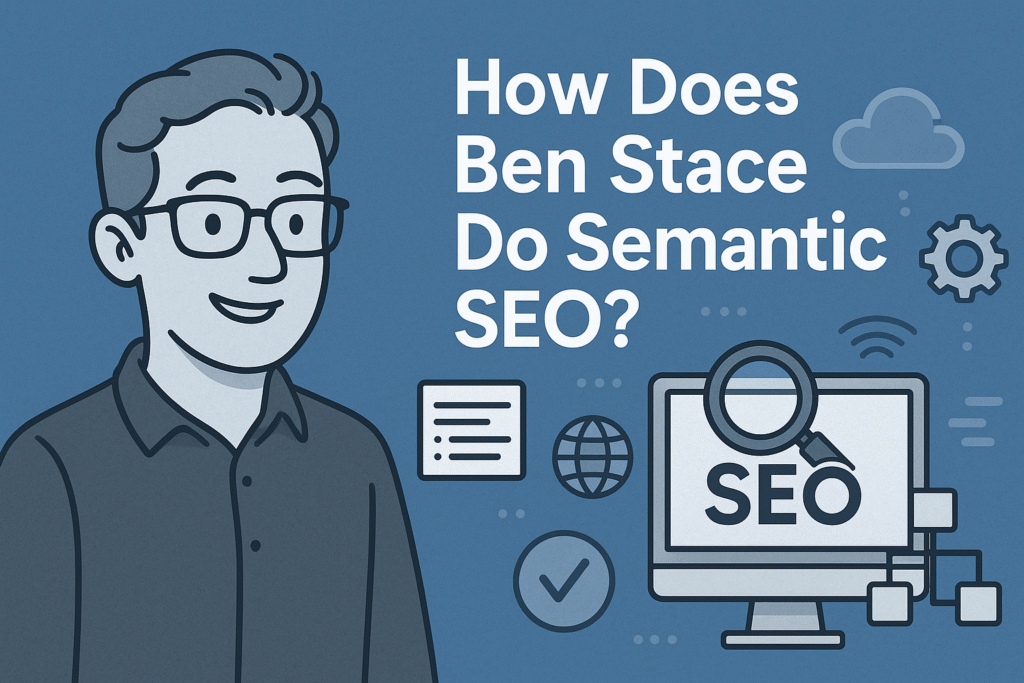Ben Stace Semantic SEO Case Studies

Search engine optimization has changed dramatically over the years. Today, success is less about repeating keywords and more about understanding context, intent, and topic relationships. This evolution is what we call semantic SEO, and one of the professionals leading the way is Ben Stace. By looking at ben stace semantic seo case studies, we can understand how his methods help websites achieve higher rankings, better traffic, and long-term authority. According to Wikipedia’s article on search engine optimization, modern SEO focuses on user intent and relevance rather than keyword density, which is exactly the foundation of Stace’s approach.
What Semantic SEO Means in Practice

Semantic SEO goes beyond keywords. It is about creating content that fully answers user questions, connects related entities, and gives search engines clear signals about expertise. Ben Stace applies this by mapping topics, building structured clusters of content, and aligning every page with user intent. This makes his case studies useful examples for businesses that want to understand how depth and context lead to visibility.
How Ben Stace Builds Semantic SEO Success
In his strategies, Stace starts with entity research using tools like Google’s Knowledge Graph and Wikipedia for contextual mapping. He then creates topic clusters around pillar content, ensuring that related articles support one another through contextual linking. In ben stace semantic seo case studies, this results in websites that not only rank for their main topic but also capture hundreds of long-tail queries. His methods mirror how Google’s algorithms like BERT and MUM interpret natural language, making content more discoverable and authoritative.
Case Study Insights from Ben Stace’s Work
One clear insight from ben stace semantic seo case studies is the importance of topical authority. For example, when optimizing a site about digital marketing, Stace doesn’t just target the term itself but also integrates concepts like audience segmentation, campaign automation, and conversion tracking. Each supporting piece of content reinforces the main pillar, signaling expertise to both users and search engines. As Wikipedia’s entry on digital marketing explains, digital strategies succeed when they reach users at the right stage of their journey, and semantic SEO enhances this process.
Why Ben Stace Semantic SEO Case Studies Matter
Studying ben stace semantic seo case studies shows why his approach works so well. Businesses see benefits such as improved rankings for multiple keywords, higher engagement due to content relevance, and increased authority within their niche. By combining schema markup, smart internal linking, and regular content updates, Stace ensures that his clients stay competitive in fast-changing search environments.
Final Thoughts on Ben Stace Semantic SEO Case Studies
Ben Stace demonstrates that SEO in 2025 is not about shortcuts but about creating content ecosystems that reflect how people search and how algorithms understand meaning. His case studies are proof that semantic SEO leads to sustainable growth. For anyone serious about ranking in search results, learning from ben stace semantic seo case studies offers a roadmap to success built on context, clarity, and comprehensive coverage.
